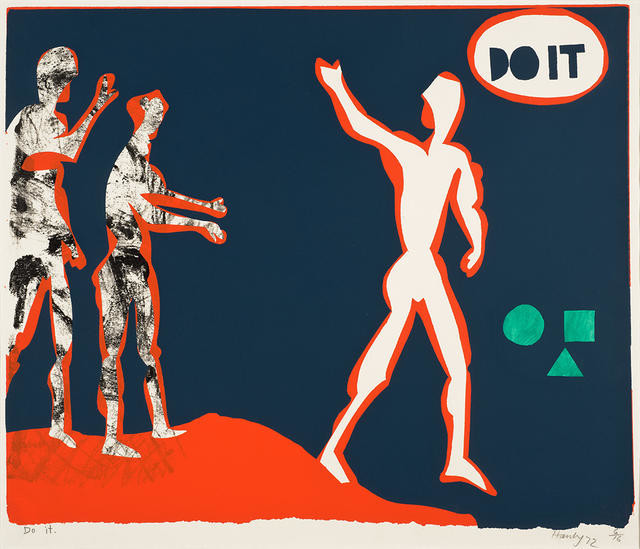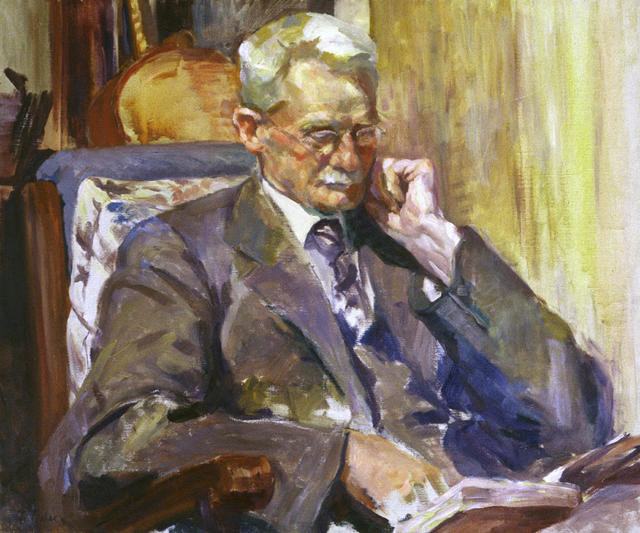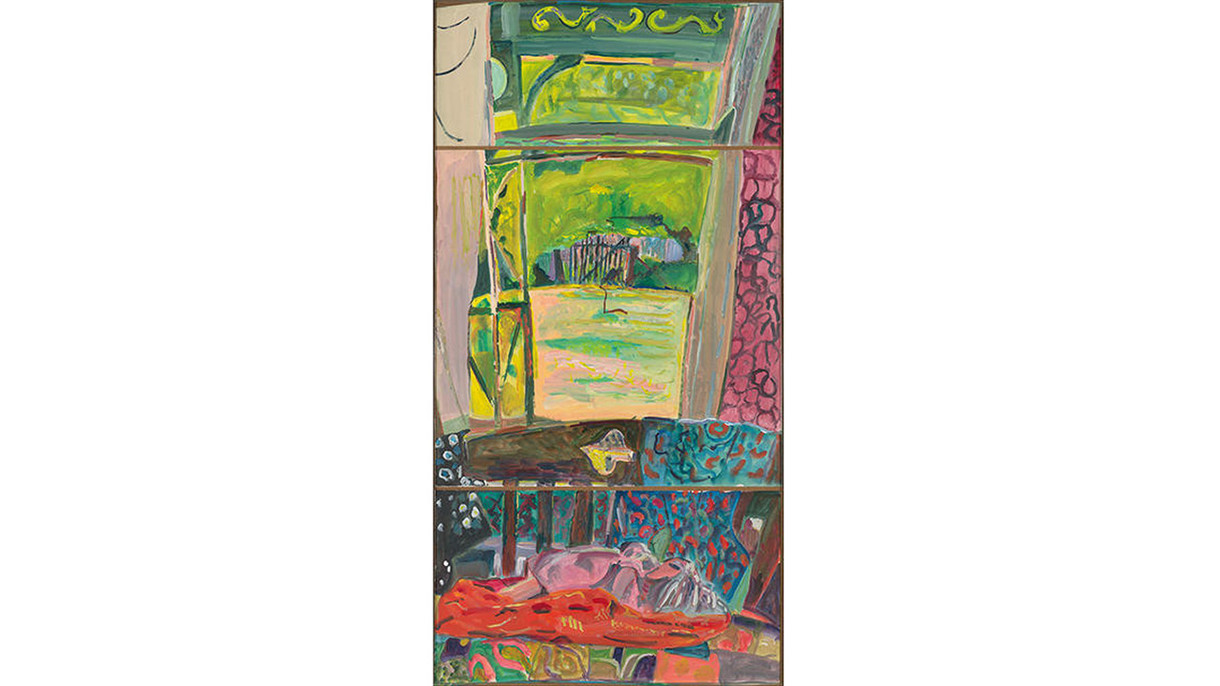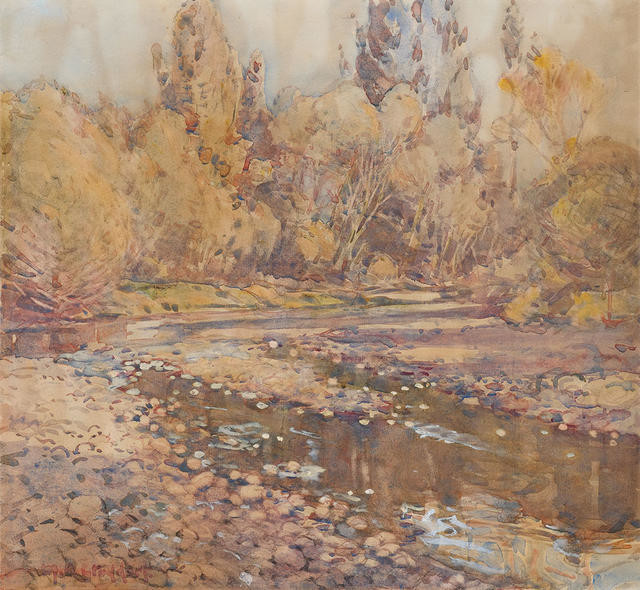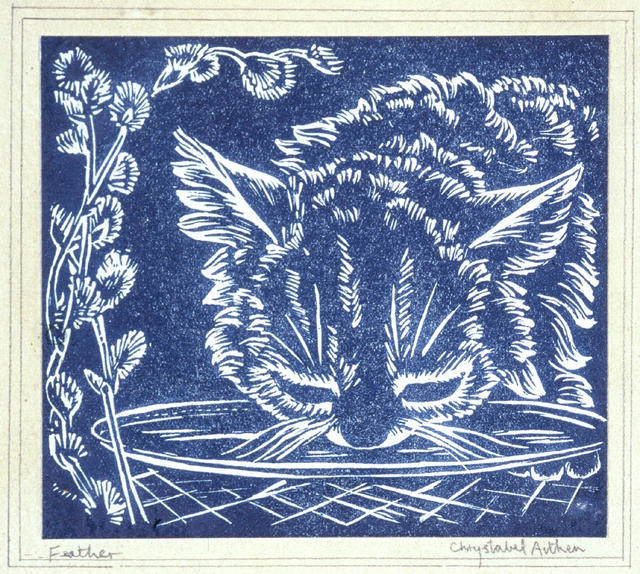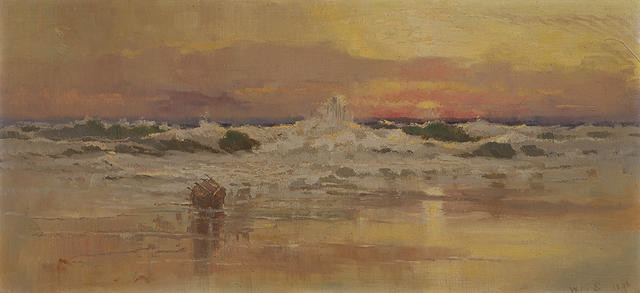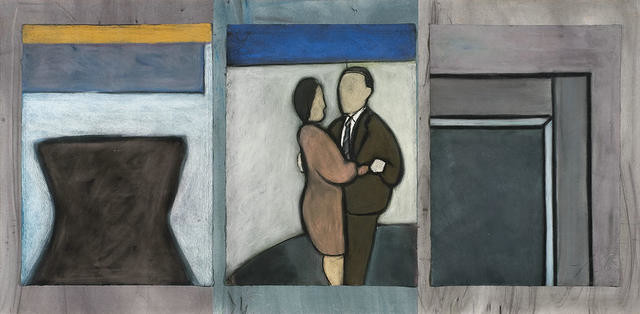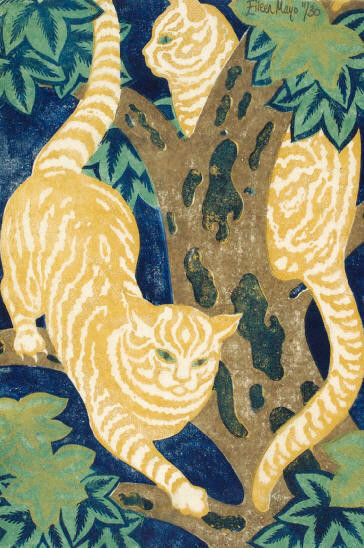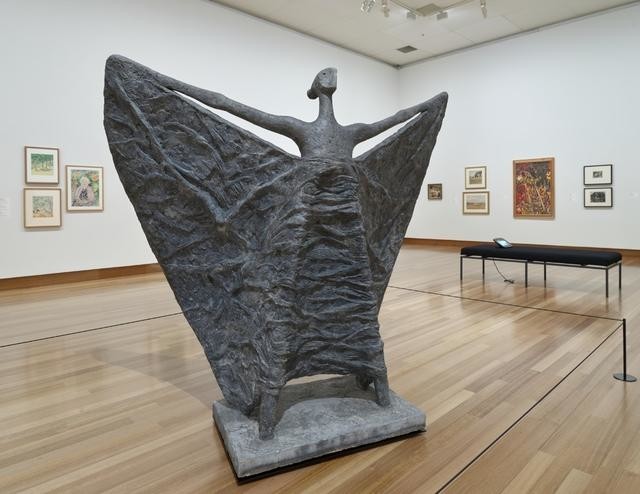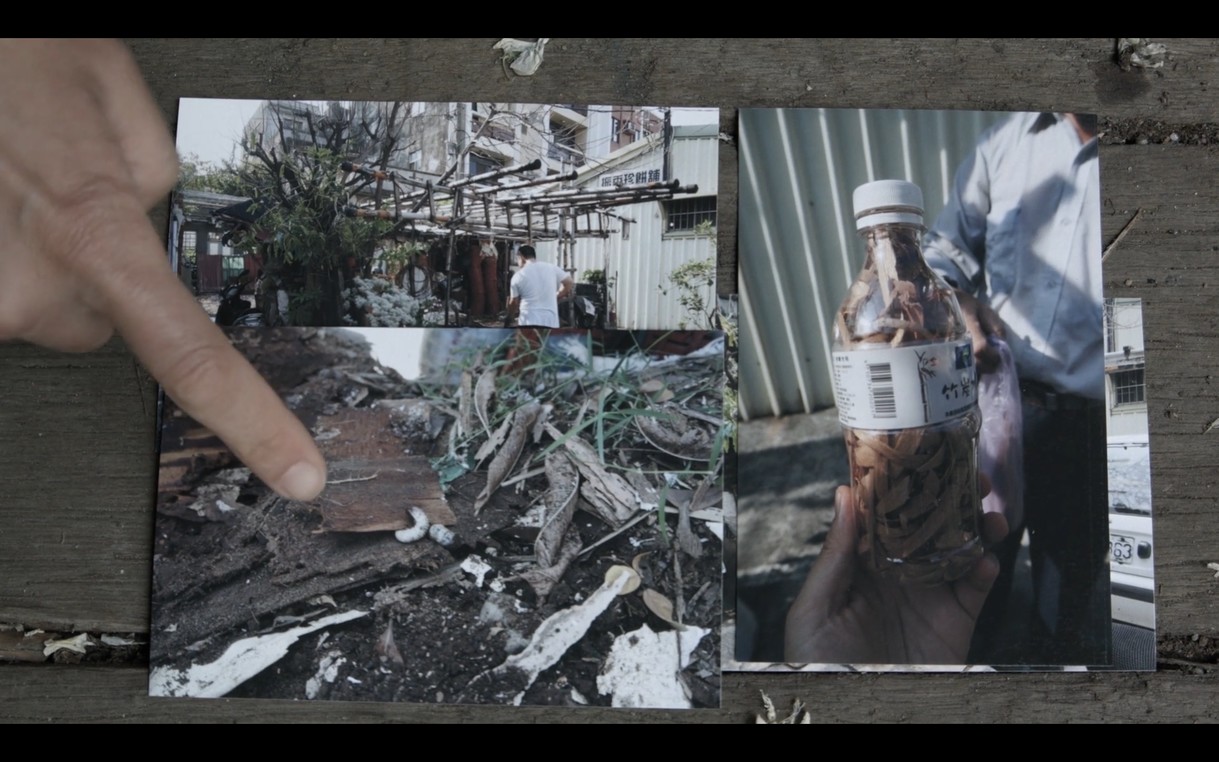B.

Contemplative Art Play With Nature
Note
Thank you Christchurch Art Gallery Te Puna o Waiwhetū, for inviting me to contribute this art and wellbeing post. I would like to share with you one of my favourite therapeutic arts making activities, which is suitable for all ages. I call it contemplative art play, and since we are all in our bubbles (or extended bubbles when we move to level 3), I have added an additional layer of wellbeing into the process – nature.
The basic principle is to gather arts making materials, including a base, or canvas, and an object (or objects) that you will work closely with – please note the object will become part of your work, so don't select something that you do not want to be marked. This activity is not about replicating your selected object, but being present with that object, looking closely, noticing the detail as you interact, and the shapes that emerge from the process. I like to do this by tracing the object and then moving with the object as it shifts upon the base. It is a sort of lead-and-follow, a dance between object, self and materials.
The video above has been speeded up, but I encourage you to take your time as you do this, as slowness and consideration are at the heart of this process. In the video, you will see me follow the edges of the object (a dried parsley plant), fill in spaces and mark shadows. I worked outdoors for the filming, in part for the light, but also because of the beetroot ink I was using – it is better used on the outside table than inside for fear of staining!
Working outside, however, also contributed to my experience. To begin the process, bringing in my layer of nature, I harvested colour-making materials from my garden. Your household may not have an abundance of art materials on hand at this time, but your backyard bubble or surrounding neighbourhood does. I recommend using herbs and flowers that you know to be edible when working with young children. Your kitchen pantry can also be a great source of natural colours – such as turmeric and paprika. The colour harvest could be embedded in educational learning for youngsters, with names of plants explored and documented. If a paintbrush is not available, then feathery grasses can make a great alternative. Your base surface could be a piece of art paper but again let your imagination lead you to other options – the recycling bin is a great start for reusing packaging, or an old piece of fabric (a light-coloured sheet or napkin) can be great too.
There is no ‘wrong’ within this process.
When we look closely at the detail, there is the potential to see a beauty which we might not have seen before. We slow down. Your heart rate can settle and the nervous system calms, especially when any sense of expectation is removed – we are not trying to recreate, instead simply being present to what is unfolding within the moment. There is no need to think about what to do next in advance, just follow where your object takes you or how you feel to respond. I encourage care towards what you make and how you make however. Intricacy and intimacy of attention brings closeness to surfaces, measure by measure, moment by moment.1 I recommend that this process is done mainly in silence or without too much talk if it is part of a ‘bubble activity’.
You will come to a natural end when it feels like your time with the work and object is complete. When this happens, take a step back and look at your work. If it is dry place it a wall or look at it from different angles. Consider your making experience – what did you feel, what thoughts arose – and then give your work a title from what you now know about it (and your experience). This title might be a small poem. For me, I became more aware of how the seasons are changing. I noticed how my harvest from the veggie patch and surrounds showed nature’s lead into hibernation. I could feel the cool wind on my skin. Despite this being somewhat obvious when I looked around, I really hadn’t taken the time to notice.
Here are a few more art and wellbeing suggestions to try:
• A journal of daily gratitude drawings
Start a journal or small book which captures a sketch of three things you have been grateful for during this day. Do this at the end of the day. Gratitudes can be big or small – for example, a mug of hot chocolate might be one of my sketches. Children may wish to share these with parents or keep them private. They are really lovely and often heart-warming to look back on later (for any age).
• Place yourself in the artwork
Find an image of a work on the Gallery’s website that brings you pleasure. Print it out or create a sketch of it, then place yourself within the work (this could be a photo or a stick figure). You might even move around in the work, noting how you feel in different locations.
• Make a MyGallery set
Read Felicity Milburn’s Lockdown – Bubble blog and then have a go at creating your own set, full of images that inspire you.
~
During any of these activities, it is important that you stay within your ‘safe zone’. This is often called in therapeutic terms, your window of tolerance.2 If you feel like your thoughts or experiences are too overwhelming, too emotional, or you are struggling to think and make sense, then you have most likely stepped out of ‘your window’. If this happens, step back into where it feels tolerable – this might include stepping away from the arts-making and making a cup of tea (or something which is comforting). These activities have been selected due to their low risk and to promote a sense of joy or pleasure, however, any experience can become triggering.
If you need, do not hesitate to contact our mental health support services, they are there to help. The Ministry of Health's website has a list here.
A list of registered creative arts therapists in Aotearoa can be found at here.
~
I wish everyone good health.
